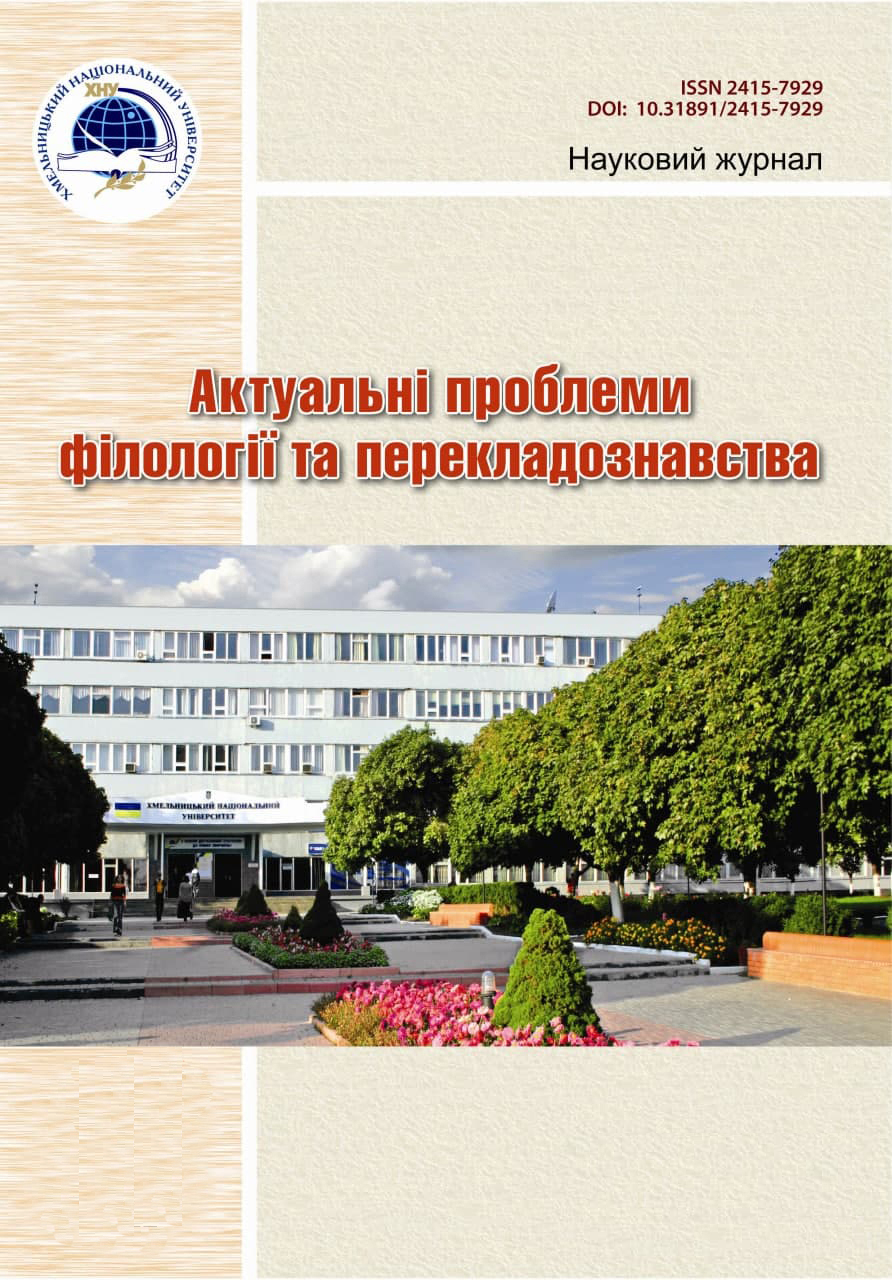MULTIPLE INTERPRETATION OF MEMORY AS A TOOL OF TEXT CONSTRUCTION (“LIFE AFTER LIFE” NOVEL BY KATE ATKINSON)
DOI:
https://doi.org/10.31891/2415-7929-2021-21-31Keywords:
archive, collective memory, individual memory, recollection, place of memory, palimpsestAbstract
The article analyses the "Life after Life" novel (2013) by contemporary British writer Kate Atkinson in terms of memory studies. The textual structure of the work was found to fluctuate between the definitions of palimpsest, labyrinth, archive and place of memory. Ursula Todd's "biographies" coexist in time and space, which allows the author to depict a wide horizon of collective memory through recreation of individual memories.
Separately, the palimpsest structure of the novel is studied according to the thematic principle (World War I, World War II, Spanish flu pandemic 1918, coming to power of the Nazis in Germany in 1934, interwar life of Ursula Todd, Battle for Britain 1939-1941, post-war life of Ursula etc.). The mechanism of "switching memories" is analysed: amnesia / flashbacks, sleep / awakening, functional and accumulative memory, latent memory or preventive forgetting. The boundaries of cultural archive represented in the novel are outlined.
The "Life after Life" novel is one of the most important among the creative works by Kate Atkinson. The genre features of the work comply with the definition of alternative history, when the outline of real events of the past is taken as a basis story. The writer presents the work as an archive, which has a direct connection with what was really happening in Britain and in Europe in general during the twentieth century. The author creates a kind of memory place, where the traumatic memories are displayed. With the multiplicity of lives of her main character, she covers the experience of many people, which is incomparable with the fate of one person. With the help of multiplied personality of Ursula Todd, through many of her biographies (life after life) Kate Atkinson created a kind of archive that includes main historical milestones. This is an author's interpretation of the events and dates that influenced the formation of Britain in the inter-war decades and the post-war time. This original technique helped to realize the idea of recreating the place of time, which promotes the healing of the wounds of time by telling about the traumas of the past.
Downloads
Published
Issue
Section
License
Copyright (c) 2021 Т. БЕЛІМОВА (Автор)

This work is licensed under a Creative Commons Attribution 4.0 International License.

